THE KEY CONCEPT : In a closed mouth smile, by far the most important feature is the very outer section of the line between the lips which should angle sharply upwards. |
| Figure 2. | ARTISTS HELP US LEARN TO SEE In the case of the human face, artists who depict stylized faces, like those in cartoons or animated movies, can clarify the existing facial expression by exaggerating what’s important and suppressing what’s not. For example, President Barack Obama shows an enormous array of teeth when he laughs, and he squints his eyes hard. That’s clear in the clever caricature shown in Figure 1 and the press photograph in Figure 2. |
For that reason, I’ve learned as much from studying cartoon versions of facial expression as I have from studying live models, anatomical diagrams, and my own face in the mirror. As hard as I might look, there are certain details that slip just below my recognition, until a good artist comes along to point out what I’ve been missing.
| Figure 3. | IT'S ALL IN THE MOUTH CORNERS Take the corner of the mouth in the closed-mouth smile. (Readers of this blog should have realized by now that I’m obsessed with the smile, and I will continue to return to this fascinating subject, with its endless subtleties and mysteries.) The closed-mouth smile is particularly subtle and mysterious. Why does it appear at all, since, when we smile more broadly, the natural position of the lips is to part and reveal the teeth? It appears that some people, under some circumstances, retain enough muscle tension in the underlying lip muscle (orbicularis oris) to keep their lips pressed together when they smile, which creates a particularly engaging expression. (see Figure 3) However, it's a bit more difficult to draw a convincing smile with a closed mouth than one with the teeth clearly showing. The toothy grin is perhaps the most quickly recognized of all facial expressions as in Figure 4. There is no other expression with which it can be confused, with the bright white row of teeth displayed against the darkest skin on the entire body, that of the lips. It’s easy to stylize the open mouth smile shape and still have it read clearly; in earlier blogs I’ve illustrated some of the many shapes that will do the job. |
| Figures 4 & 5: More subtle = more difficult. In on-line tests, we found it much more difficult to get high scores with closed mouth smiles than with open-mouth smiles. The broad smile has the great advantage of being a large, unmistakable bow shape, with showy upper teeth and and dark framing features in the mouth corners and the area below, when the jaw is dropped, as in Figure 4. There are fewer obvious signatures of the closed-mouth smile. One is the dimple in the mouth corner, as exaggerated by the clever Amazon smile logo (Figure. 6). But the dimple is not a strong trigger for recognizing a smile, if the line between the lips is too flat, as in Figure 5 where 36% of my testers mistook the stylized man's expression as "neutral.". Figure 6: Amazon gets the dimple right. |
When our research group at the University of Washington began testing smiles, we discovered that it was easier to get high scores with open-mouthed smiles than with those with closed mouths. It’s also true that less intense versions of any facial expression, such as fear or anger, tend to be more ambiguous and less easily recognized, but I began to suspect that there were certain, less-obvious features of the closed-mouth smile that might be critical towards recognition. Was it the width of the line between the lips, or the shape of its arc? Was it the narrowness of the stretched lip lining? Was it the dimple at the mouth corner, as in Amazon's version of a smile in Figure 6?
Hiding in plain sight were two pieces of art that I had clipped and filed long ago, that I knew were particularly effective versions of the closed-mouth smile. One was a grinning Donald Duck; the other a line art illustration with a smile that ended in upraised corners in a practically right angle. Finally, I realized what had literally been staring me in the face – a key component of the closed-mouth smile is the up-tilted mouth corner. It’s such an important component that it can render a smile recognizable and convincing even if the other 85% of the lip line is straight. That’s what both Donald and the geeky guy with glasses have in common; Donald’s beak is inflexible except for the outer corners, and that’s all the Disney artists needed to show him happy.
For a stylization like this to work, it has to trigger our recognition of some actual, anatomical feature. In the case of the tilted mouth corner, the anatomy at work has to do with the peculiar relationship between the mouth and the teeth. It turns out that the teeth are arrayed on the jaw so that they curve back into the face well short of the mouth corner when the lips are stretched in a smile. This is evident in the wide-mouth smile at the upper corners of the mouth (see the detail in Figures 1 & 2); in the closed-mouth smile, it’s apparent in an abrupt change in angle, at the point where the lips break free of the teeth, whose surface they have been clinging to, and suddenly angle upwards towards the cheekbone.
It’s that pivot point – usually much more subtle than in the geeky guy drawing (Figure 8) – that we unconsciously register when we’re appraising a closed-mouth smile, and by making sure it’s abrupt and suitably oblique, artists can greatly clarify and intensify their closed-mouth grins. The photo of actor Joseph Gordon-Levitt (Figure 3) shows a very clear example of the pivoted mouth corner, visible exactly where the lip margin ends. The line between the lips is straighter, deeper, and darker in this section, besides angling upwards.
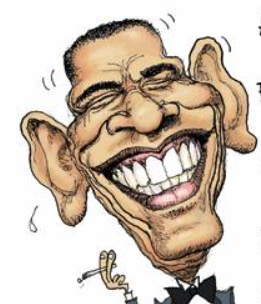
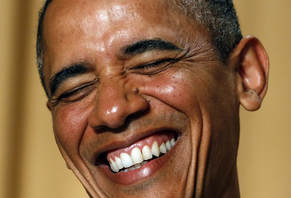

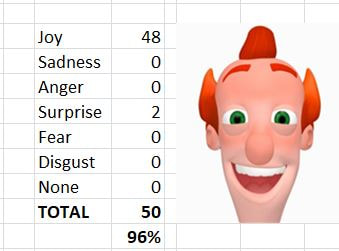
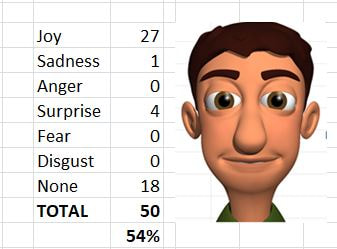

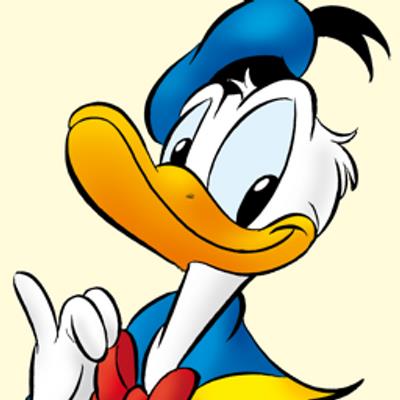
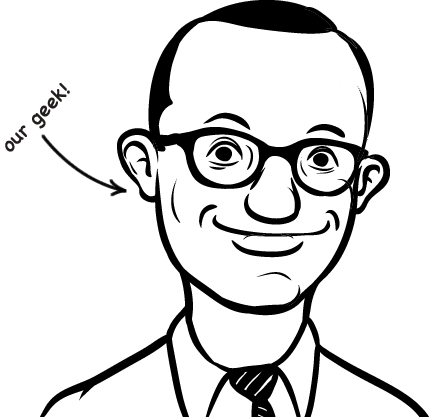
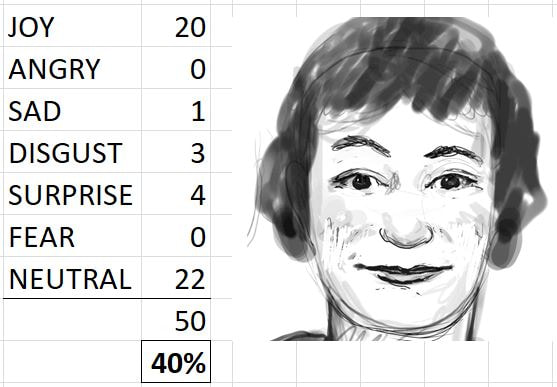

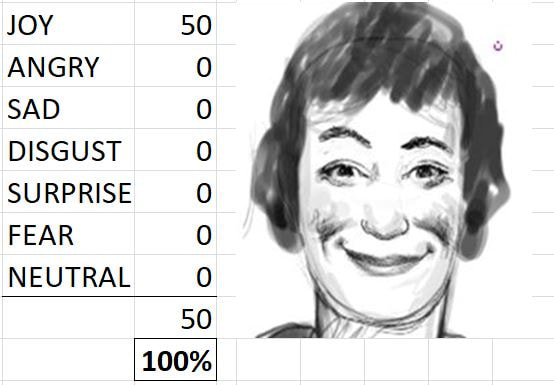
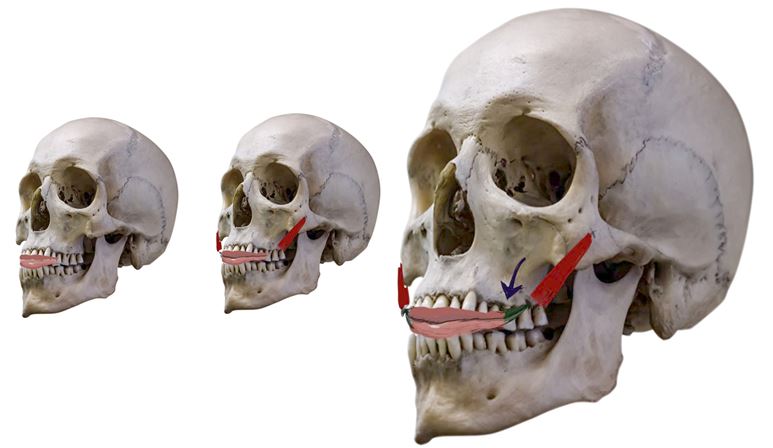
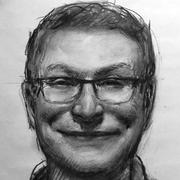
 RSS Feed
RSS Feed